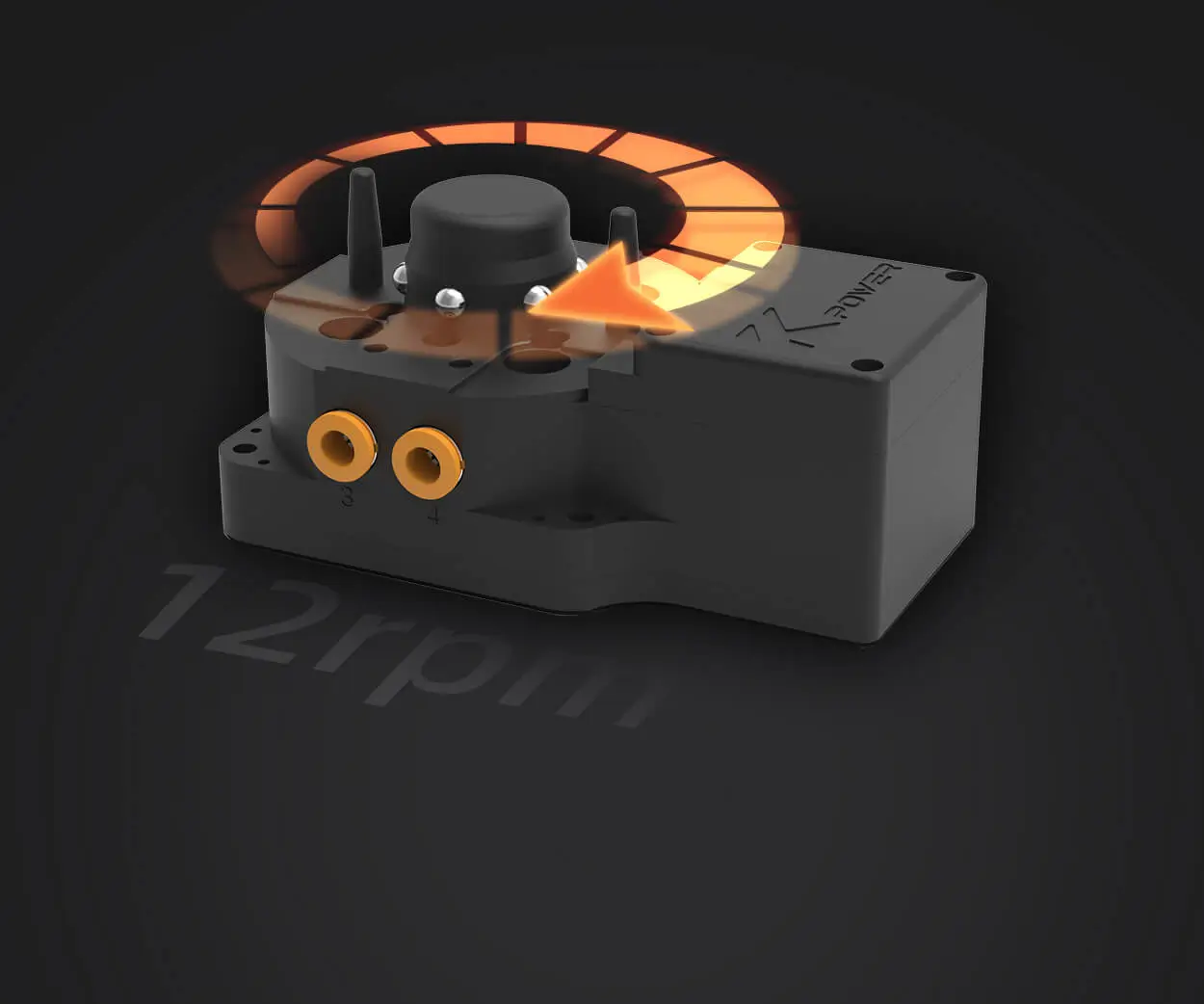Unlocking Precision and Power: The Ultimate Guide to Gear Drive Motors with Low RPM
In the world of mechanical engineering and industrial automation, the quest for precision, reliability, and efficiency often leads professionals to explore specialized motor solutions. Among these, gear drive motors operating at low revolutions per minute (RPM) stand out as a quintessential choice for tasks demanding controlled movement, high torque, and durability. Whether it's conveyor systems, robotic actuators, or heavy lifting machinery, low RPM gear motors offer a blend of power and finesse that other motor types might struggle to deliver.

Understanding Gear Drive Motors: An Overview
At their core, gear drive motors are standard motors coupled with gear reducers — mechanical components that decrease the motor's output RPM while increasing torque. This combination results in a device tailored for applications requiring slow, forceful turns rather than rapid, less forceful motion.
The primary motivation behind integrating gear reduction is efficiency: many high-speed motors are excellent at generating speed but lack the torque needed for heavy-duty work or precise positioning. Gear drives bridge this gap by transforming high RPM, low torque motors into low RPM, high torque units.
Why Focus on Low RPM?
Imagine steering a ship, the larger the rudder, the more control you have over its direction—even if the wheel moves slowly. Similarly, low RPM motors provide precise control, smooth operation, and decreased wear and tear on the mechanical components they drive.
Applications that benefit from low RPM include:
Robotics: For delicate manipulation and accurate positioning. Conveyor systems: Moving items at controlled speeds. Material handling: Lifting and lowering operations. Windlasses and hoists: For lifting heavy loads safely. Automated machinery: Where fine adjustments are necessary.
In essence, low RPM gear drive motors excel at translating rotational power into meticulous, reliable movement.
Advantages of Low RPM Gear Drive Motors
Enhanced Torque Output: Through gear reduction, these motors deliver increased torque proportional to their gear ratio. This is vital in tasks requiring significant force, such as moving heavy objects or overcoming resistance.
Precise Control: Their slow, deliberate speeds facilitate fine adjustments and precise movements, making them ideal for automation and robotics where accuracy is paramount.
Longevity and Durability: Operating at low speeds reduces mechanical stress and heat generation, translating into longer service life and reduced maintenance costs.
Smooth Operation: The gear reduction smoothens the motor’s operation, leading to less vibration and noise—factors that are critical in sensitive environments like laboratories or medical devices.
Energy Efficiency: By reducing the need for excessive power or frequent maintenance, low RPM gear drive motors tend to be more energy-efficient over time.
Types of Gears Used in Drive Assemblies
The performance and durability of a gear drive motor are heavily influenced by the type of gear used in the reduction process. Common gear types include:
Spur Gears: They are straightforward and cost-effective, suitable for moderate torque applications.
Helical Gears: Offering smoother and quieter operation, ideal for high-speed applications with higher load capacities.
Worm Gears: Providing significant gear reduction in a compact form, worms also offer self-locking capabilities, useful for holding positions without power.
Bevel Gears: Used when a change in the drive direction is necessary, typically at 90 degrees.
Each gear type has its unique advantages, allowing manufacturers and engineers to customize gear drive systems to meet specific application demands.
Selection Criteria for Low RPM Gear Drive Motors
Choosing the right gear drive motor isn't just about picking a motor with an appropriate gear ratio; it encompasses multiple considerations:
Load Characteristics: Is the load static or dynamic? What is its weight or resistance? High inertia loads require more robust gear systems.
Desired Speed: Establish the target RPM after gear reduction. For example, a 10:1 gear ratio with a 1500 RPM motor results in 150 RPM output.
Torque Requirements: Calculate the torque needed to perform the task smoothly and reliably, considering acceleration and peak loads.
Operational Environment: Factors such as temperature, dust, moisture, and exposure to chemicals influence the choice of materials and protective features.
Space Constraints: Compact applications may require gear drive motors designed with minimized size without sacrificing strength.
Maintenance and Longevity: Consider the ease of maintenance, lubrication requirements, and anticipated lifespan.
Final Thoughts on Part 1
The world of gear drive motors with low RPM is a fascinating realm where mechanical ingenuity meets practical application. These systems unlock potentials that high-speed motors cannot, such as high torque, precision, and longevity. As industries continue to evolve rapidly, the demand for such specialized motors is certain to grow, driven by the need for smarter, more reliable, and energy-efficient machinery.
In the next section, we'll delve into specific applications, innovative technological trends, and tips to select and maintain your gear drive motor for optimal performance. Stay tuned to discover how these powerhouses can elevate your projects to new heights.
Kpower has delivered professional drive system solutions to over 500 enterprise clients globally with products covering various fields such as Smart Home Systems, Automatic Electronics, Robotics, Precision Agriculture, Drones, and Industrial Automation.




































